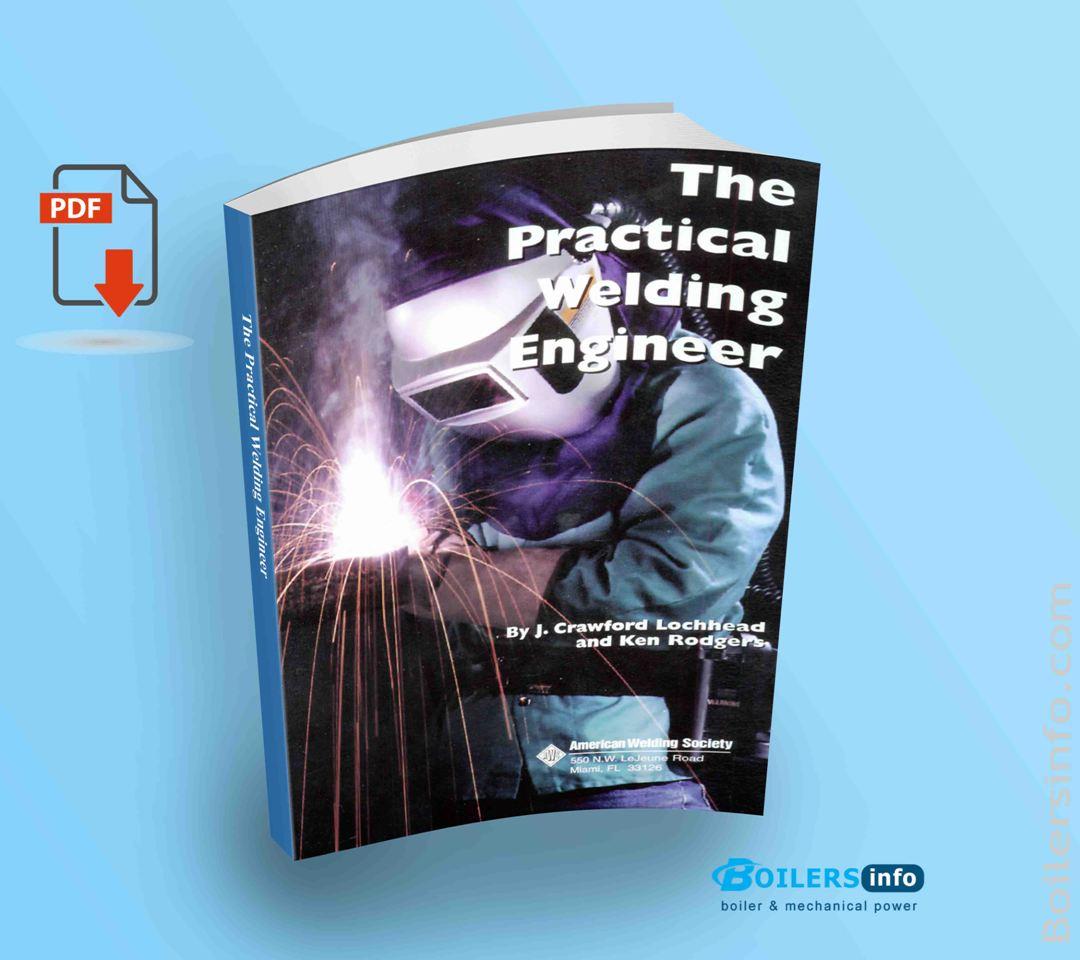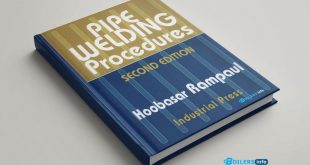The Practical Welding Engineer: Bridging Theory and Industry Application
The world of welding engineering is one of continuous evolution, rich in innovation, and deeply embedded in industrial functionality. The Practical Welding Engineer provides a critical transition between academic knowledge and field application, targeting professionals already grounded in the fundamentals of welding and metallurgy. This article explores the essence of the book and its significance for engineers navigating the challenges of modern welding.

A Vibrant and Dynamic Discipline
The book opens with a key premise: its reader is likely a graduate in metallurgy, materials science, or mechanical engineering who has either stumbled into or consciously pursued a path in welding. From this foundation, the text promotes welding as a dynamic and fulfilling career choice—one that continually expands through innovation and technology.
Whether it’s synergic gas metal arc welding, electron beam welding, laser welding, or newer techniques like magnetic-impelled arc butt-joint welding (MIAB) and diffusion bonding, the welding engineer’s toolkit is broad and sophisticated. Robotic automation and advanced inverter-based power sources further emphasize the growing intersection between welding and modern technology.
Core Themes from the Book
1. Contracts and the Role of the Welding Engineer
The modern welding engineer is not just a technician but a commercial decision-maker. The book emphasizes the importance of understanding contracts, specifications, and the commercial implications of technical choices. This blend of engineering and business acumen is vital, particularly when working on large-scale industrial or infrastructure projects.
2. Welding Process Selection and Equipment
Selecting the appropriate welding process is more than just a technical decision—it involves balancing cost, availability, structural requirements, and client specifications. From SMAW to advanced GMAW or GTAW techniques, the welding engineer must assess equipment and consumables with a critical eye, ensuring optimal performance and compliance.
3. Weld Procedure Qualification
A critical function of the welding engineer is qualifying welding procedures. This section dives into the development, testing, and validation of weld procedures, ensuring repeatability, safety, and performance. Emphasis is placed on mechanical testing, simple checks, fracture mechanics, and failure analysis.
4. Production Welding Control
Maintaining control over production welding involves not just overseeing operations but implementing quality assurance protocols. This includes welder training and certification, consumable control, defect analysis, and supervision—all aiming to prevent errors before they occur.
5. Cost Estimation and Control
Engineers are increasingly expected to be cost-conscious. This chapter provides tools for estimating and reducing welding costs by considering factors such as time, labor, materials, and equipment efficiency. Techniques like optimizing joint design, minimizing over-welding, and leveraging automation are highlighted.
6. Practical Problem Solving
Troubleshooting is a daily reality for welding engineers. The book presents real-world case studies such as chevron cracking in submerged arc welds and low toughness in self-shielded FCAW welds. It provides frameworks for identifying root causes and implementing practical solutions.
7. Common Defects and Remedial Actions
This chapter delves into common issues like cracks, profile defects, porosity, incomplete fusion, and solidification cracking. For each defect, the book offers causes, prevention strategies, and repair recommendations—a true field guide for defect management.
8. Thermal Cutting and Gouging Techniques
Oxyfuel cutting, air arc gouging, and electrode gouging are covered as essential techniques often accompanying welding operations. Engineers must understand not only how these methods work but also their impact on weld preparation and finishing.
Why This Book Matters
The uniqueness of The Practical Welding Engineer lies in its approach. It doesn’t merely teach welding theory—it equips engineers with the practical skills necessary to operate effectively in demanding industrial environments. By combining technical precision with commercial and managerial insight, it reflects the modern expectations of welding engineers in roles that span from design offices to construction sites.
 Boilersinfo Boiler and Mechanical Power Digital Library
Boilersinfo Boiler and Mechanical Power Digital Library





